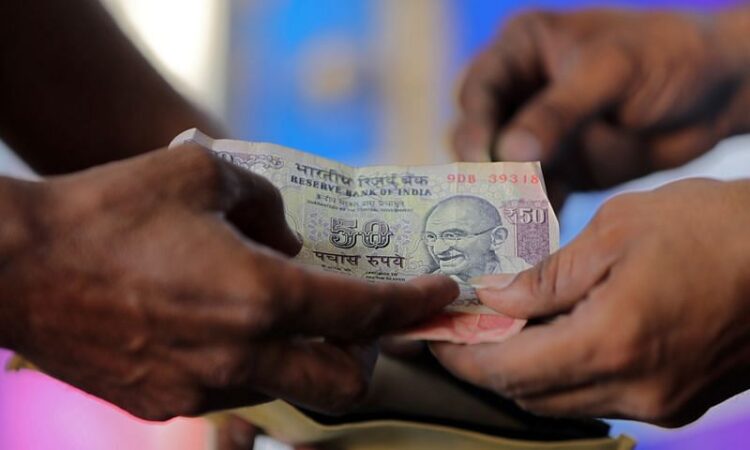
The dollar index was steady near 104.4 while the 10-year U.S. Treasury yield was at 4.29%. The yield has risen 34 basis points in February so far, as hopes of early and sharp rate cuts by the Federal Reserve fade.
Mild dollar inflows helped lift the rupee in early trading, a foreign exchange trader at a state-run bank said.
While inflows have continued since last week, dip-buying demand (on the dollar-rupee pair) is also present, which has kept the pair in a tight range, the trader added.
Despite some weakness in equity flows, debt inflows into India have offered support to the rupee in recent sessions, traders said.
Overseas investors have bought Indian bonds worth nearly $2 billion worth in February so far, while net selling equities worth $455 million.
The Thai baht was down nearly 0.4%, leading losses among Asian currencies, while the offshore Chinese yuan rose slightly after China’s larger-than-expected cut to a benchmark reference rate for mortgages.
The rupee “may continue to trade sideways,” between 82.90 83.15 in the near-term, said Dilip Parmar, a foreign exchange research analyst at HDFC Securities.
The focus this week will be on the release of the minutes of the Fed’s latest policy meeting which could offer cues on policymakers’ thinking about the trajectory of interest rates.
The odds of a rate cut in May have fallen to about 35%, down from slightly over 60% a week earlier, according to the CME FedWatch tool.
(Reporting by Jaspreet Kalra; Editing by Varun H K)
Disclaimer: This report is auto generated from the Reuters news service. ThePrint holds no responsibilty for its content.

